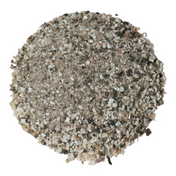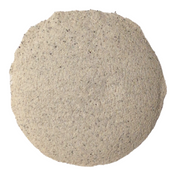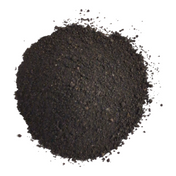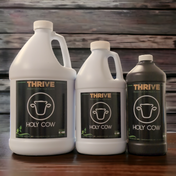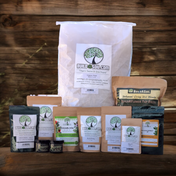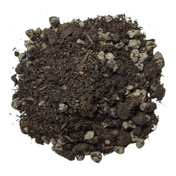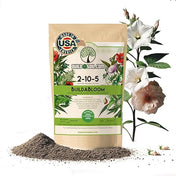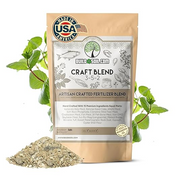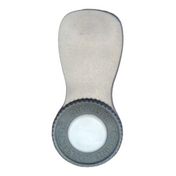Are you suffering from pests? Instead of jumping to the offense, start with an effective integrated pest management system.
I keep sharing information from my personal perspective, but I do know that it's always helpful to hear a message from other sources and get their style too. This individual has donated a massive wealth of information to the online gardening community and has an extensive background that includes running a large nursery.... and you know they deal with pests in those huge greenhouses. So take it for what it's worth, this guy really knows his stuff. CC if you happen to stumble upon this post, I hope you could leave a comment and say hi! Thanks again to CC.
A post on Integrated pest management for indoor and outdoors.... use safely on food and even tobacco or medicinal plants.
Maybe sharing different approaches will be helpful for everyone, i.e. taking a different look at making the best use of the materials you have to work with.
Neem (or Karanja) products are at the center of my IPM program. Neem meal (aka cake) is used in the soil mix and I also use it to make a tea in conjunction with kelp meal. As a bio-nutrient accumulator, neem meal is on par with the heavies like alfalfa, kelp, comfrey, borage, stinging nettles, etc. and what distinguishes one from another are the unique compounds that they create. Only brown kelp species create Alginic acid &Mannitol. Alfalfa creates Triacontanol but Comfrey does not and so on and so on.
Neem creates over 360 compounds of which around 30 function as a pesticide and/or fungicide. So with this one material I have two problems covered. Another compound that we want to see in our soil is an enzyme called Chitinase (Pronounced Kite-In-A's) Many organisms create this enzyme including bacteria. The reason that we add crab meal is for the Chitin (Kite-In) As bacteria degrade this polysaccharide this enzyme is created and it's this enzyme that gives us the pesticide benefit - not the Chitin directly.
Well, in my studies I learned that sprouted seeds release this enzyme that was encoded by the parent plant. So besides the enzymes that enhance the resin levels, the enzymes teas play a role as a growth regulator by degrading the eggs preventing the larva from maturing. (see our barley product for more info on DIY cheap enzyme teas that you can make yourself.)
I also top-dress the containers with a mix of chopped leaves with vermicompost. Plants that I've used successfully include comfrey, borage, peppermint, spearmint, oregano, rosemary, thyme, stinging nettles and always a bit of neem meal. Having that layer prevents a number of problems as far as insects & equally important the powdery mildew curse in the PNW. (CC lives in the Pacific North West)
I also make fresh teas using different plant leaves - lavender, spearmint, peppermint, oregano, thyme, borage, comfrey and my new favorite, yarrow. In fact when I spray with neem oil rather than mixing with plain water I use a botanical tea in its place. Some of the compounds in these leaves will kill on contact whereas neem oil does not. It works in a completely different way so by using botanical teas as the base you're getting a double whammy against the invaders.
Besides spraying above the soil I also lightly mist the top of the soil with any combination that I mentioned.
Powdery Mildew free since 2009 and as close as you can get to being free of Spider Mites in the PNW for over 2 years. The results speaks for itself.
CC

